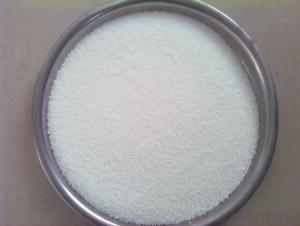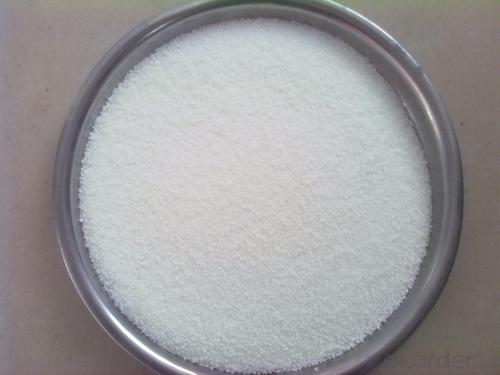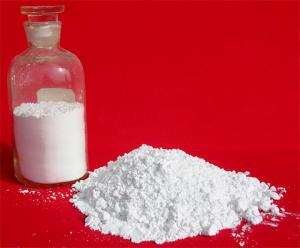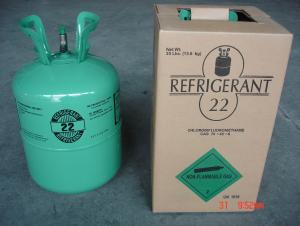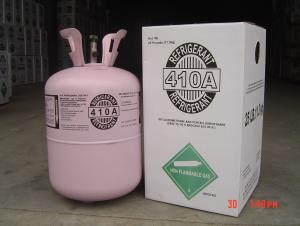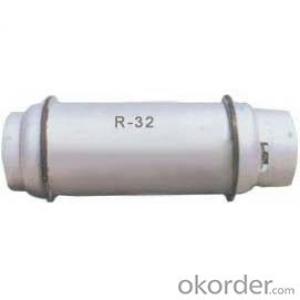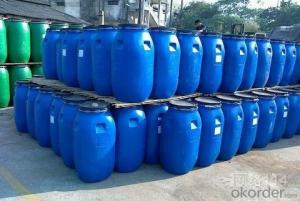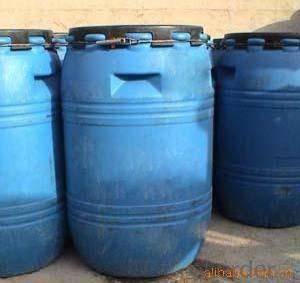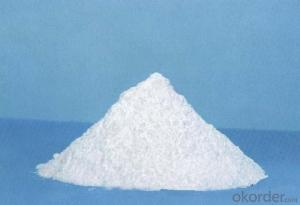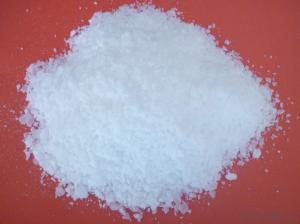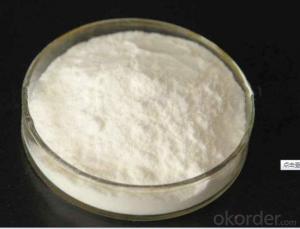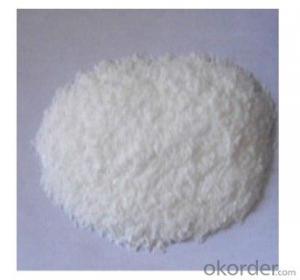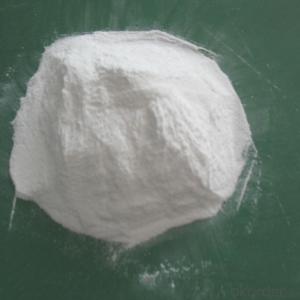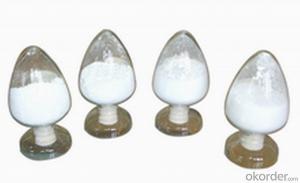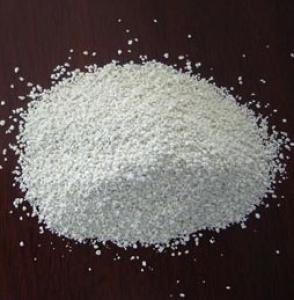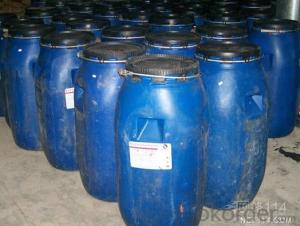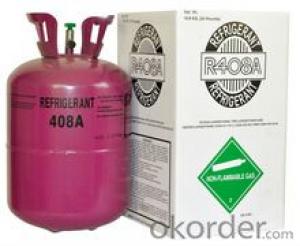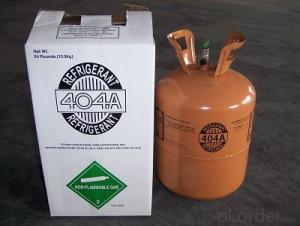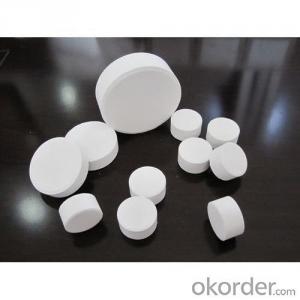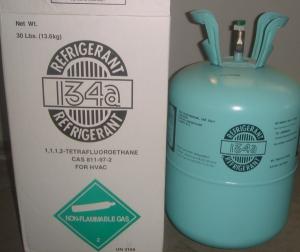Stearic Acid 1880
- Loading Port:
- Tianjin
- Payment Terms:
- TT OR LC
- Min Order Qty:
- -
- Supply Capability:
- 8000MT/month m.t./month
OKorder Service Pledge
OKorder Financial Service
You Might Also Like
Stearic acid
Formula: C18H36O2
Structural Formula:CH3(CH2)16COOH
Product Description:
Shaped like Lump, flake; Saturated fatty acid mainly with C16 and C18, white flake solid at ambient temperature, not dissolved in water, slightly dissolved in benzene and carbon bisulfide, and easily dissolved in hot alcohol. No smell no poison. It has the general chemical properties of organic carboxylic acid.
Physicochemical Properties:
pure product is white with a shiny soft small pieces, melting point 69.6 degrees, the boiling point of 376.1 degrees. Relative density 0.9408, refractive index 1.4299, slowly volatile in the 90-100 degrees. Slightly soluble in cold water, soluble in alcohol, acetone, soluble in benzene, chloroform, ethyl ether, carbon tetrachloride, carbon disulfide, toluene and so on.
Specification:
Item | Index | |||||
Grade No. | 1842 | 1838 | 1820 | 1860 | 1870 | 1880 |
Iodine value gI2/100g ≤ | ≤5.0 | ≤5.0 | ≤5.0 | ≤6.0 | ≤7.0 | ≤8.0 |
Saponification value mgKOH/g | 206~211 | 206-213 | 214-216 | 193-220 | 193-220 | 192-218 |
Acid value mgKOH/g | 208~210 | 210~211.5 | 214-225 | 182-218 | 192-218 | 193-220 |
Chroma (Hazen) ≤ | ≤60 | ≤80 | ≤100 | 200-400 | ≤150 | 400 |
Freezing point °C | 54~57 | 54~57 | 55~57 | 54 | 52 | 52 |
Moisture % ≤ | ≤0.2 | ≤0.2 | ≤0.2 | ≤0.3 | ≤0.3 | ≤0.3 |
Inorganic acid % ≤ | 0.001 | 0.001 | 0.001 | 0.001 | 0.001 | 0.001 |
Suggest Uses:
Mainly for the production of stearic acid salts: Widely used system for cosmetics, plastic cold-resistant plasticizer, release agent, stabilizer, surfactants, rubber vulcanization accelerator, waterproof agent, polishing agent, metal soap, metal mineral flotation agent, softeners, pharmaceuticals, and other organic chemicals.
In addition, oil-soluble pigments can be used as solvents, crayons transfer slip agent, waxed paper lighting agent, stearic acid glyceride emulsifier, etc..
Packing :25/50kg in PP bag ,25MT/20GP
Product Storage:
in dry warehouse ventilation should be more than 10mm from the ground to avoid damp products in the above-mentioned conditions, from the date of delivery for one year shelf life.


- Q: Is carbon monoxide an organic gas?
- The organic compound contains carbon, hydrogen, oxygen, nitrogen and other elements, a few also contain sulfur, phosphorus, halogen, etc. Any kind of organic compounds, its molecular composition contains carbon, the vast majority also contains hydrogen Elements. Since the hydrogen atoms of the organic compound molecules can be replaced by other atoms or radicals, resulting in a lot of other organic compounds, so modern people generally believe that hydrocarbons and their derivatives known as organic compounds, referred to as organic matter.
- Q: What are the most stable carboxylic acid derivatives?
- In addition to acid halide are more stable, which ester and amide stability is stronger
- Q: What is the hydrocarbon thing
- Hydrocarbon, which is composed of two elements, consists of carbon and hydrogen. It is called a hydrocarbon and a hydrocarbon, which reacts with chlorine, bromine vapor, oxygen and so on. It does not react with strong acid, strong base, strong oxidizer (Such as: potassium permanganate) reaction, such as methane and chlorine in the light conditions of reaction to produce methyl chloride, dichloromethane, chloroform (chloroform) and tetrachloromethane (carbon tetrachloride) and other derivatives in the Hydrocarbon molecules in the carbon atoms connected to each other to form a carbon chain or carbon ring molecular skeleton, a certain number of hydrogen atoms attached to the carbon atoms, so that each carbon atom to maintain the price of the type of hydrocarbon is very much, the structure of known hydrocarbons More than 2,000 hydrocarbons are the parent of an organic compound. Other organic compounds can be seen as derivatives of one or more hydrogen atoms in the hydrocarbon molecule that are replaced by atoms or radicals of other elements. Word, is the use of "carbon" consonant with "hydrogen" vowel synthesis of a word, with "carbon" and "hydrogen" the composition of the internal structure of the word, the hydrocarbon is the parent of all organic compounds can be said that all Organic compounds are nothing but the result of replacing some of the atoms in the hydrocarbons with other atoms.
- Q: What is the difference between crude oil and asphalt?
- Financial institutions, financial management, cash exchange, the exchange of foreign exchange private schools
- Q: Will AsH3 (arsenic trioxide) is organic or inorganic
- AsH3 (arsine trihydride) is not containing C element
- Q: Is not organic matter must not hydrogen ah?
- Organic matter that organic compounds. Carbon compounds (carbon monoxide, carbon dioxide, carbonates, metal carbides, cyanide excluded) or hydrocarbons and their derivatives in general. Organic matter is the material basis for life. 【Features】 Most organic compounds mainly contain carbon and hydrogen elements, in addition often contain oxygen, nitrogen, sulfur, halogen, phosphorus and so on. Part of the organic matter from the plant sector, but the vast majority of oil, natural gas, coal as raw materials, through artificial synthesis method. Compared with inorganic substances, the number of organic matter, up to several million kinds. The carbon atoms of the organic compound have a very strong ability to bind to each other to form a carbon or carbocyclic ring. The number of carbon atoms can be 1,2, it can be thousands, tens of thousands, many organic polymer compounds can even have hundreds of thousands of carbon atoms. In addition, the isotopic phenomenon of organic compounds is very common, which is the cause of many organic compounds
- Q: Is the reaction of carboxylic acid and ammonia easy?
- Easy acid and alkali reaction
- Q: Carbon compounds (except inorganic carbon compounds), hydrocarbons and derivatives of the general term is?
- Hydrocarbon it
- Q: Why artemisinin and its derivatives in the molecular structure of a peroxide chain, the chemical properties are more stable?
- Heated to more than sixty degrees on the decomposition of things how to say that stability ...
- Q: The nature and use of cellulose derivatives
- By replacing the reagent selection and process design, the product can be dissolved in water, dilute alkali solution or organic solvent, or have thermoplastic properties such as chemical fiber, film, film, plastic, insulating material, coating, slurry , Polymeric dispersants, food additives and household chemical products. The nature of the cellulose derivative and the nature of the substituent, the degree of substitution of the three hydroxyl groups on the glucose group, and the distribution of the substituents along the macromolecular chain. Due to the randomness of the reaction, the following three substitutions are different in other cases (homogeneous or heterogeneous reactions) except that the three hydroxyl groups are substituted (DS = 3) And non-substituted glucose groups: (1) monosubstituted (DS is 1, C, C or C position is substituted, the structural formula see cellulose); ② disubstituted (DS is 2, C, C, C, C Or C, C position is replaced); ③ total substitution (DS is 3). Thus, the properties of the same cellulose derivative having the same substitution value may also be quite different. For example, the cellulose diacetate which is directly esterified to DS of 2 is insoluble in acetone, but the cellulose diacetate obtained by saponification of the fully esterified cellulose triacetate can be completely dissolved in acetone. The irreducibility of this substitution is related to the basic rule of cellulose ester and etherification.
Send your message to us
Stearic Acid 1880
- Loading Port:
- Tianjin
- Payment Terms:
- TT OR LC
- Min Order Qty:
- -
- Supply Capability:
- 8000MT/month m.t./month
OKorder Service Pledge
OKorder Financial Service
Similar products
Hot products
Hot Searches
Related keywords
